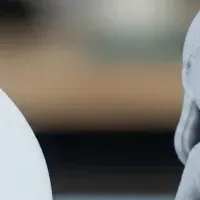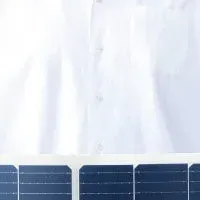
The Impact of Warming Winters on Lawn Care in Chicagoland
Warming Winters and Lawn Care in Chicagoland
The rising temperatures in the Chicagoland area present unique challenges and opportunities for homeowners, particularly regarding lawn care. The year 2024 has been officially recorded as the warmest year in this region's history, with average temperatures reaching unprecedented highs. While some may welcome the milder winters, the implications for lawn health are significant.
The Warming Trend
According to recent reports, the average temperature in the Chicagoland area hovered between 54.8°F and 55°F, surpassing the previous record set in 2012. By November, local temperatures had already reached an average of 57°F, exceeding historical records dating back to 1921. A study revealed that eight of the ten warmest years occurred in the last 26 years, indicating an undeniable shift in climate patterns that could affect every facet of local ecosystems, including lawns.
Effects on Lawns
Homeowners in suburbs like Plainfield, Naperville, and Joliet are already witnessing the effects of the fluctuating climate on their properties. Extended growing seasons allow for earlier grass growth, but this can also make lawns susceptible to sudden winter chills. Additionally, rising temperatures result in increased evaporation rates, which can heighten stress for turfgrass during typically cooler months.
The demand for effective lawn care is greater than ever. Longer growing seasons often mean that homeowners are faced with the need for regular mowing, watering, and most importantly, fertilization. With the ever-changing climate, the challenge is to maintain a healthy and vibrant lawn.
Fertilization: A Vital Strategy
Fertilization is paramount for helping grass endure the pressures brought on by these climate changes. Essential nutrients found in fertilizers, such as nitrogen, phosphorus, and potassium, serve different yet vital functions. Nitrogen promotes the lush greenness of the grass, phosphorus ensures strong root growth, and potassium enhances the turf's resistance to diseases.
Without a tailored fertilization strategy, lawns can fall prey to weakened growth and patchiness, making them more vulnerable to environmental stressors. The impact of warmer temperatures often leads to nutrient depletion in the soil more quickly, necessitating a more aggressive fertilization approach.
Why Precision Matters
However, not all fertilization is equally effective. Over-fertilization or applying the wrong types can lead to nutrient runoff, posing risks for water pollution and other ecological issues. Precision fertilization—utilizing the right nutrient blends at strategic times—is essential to foster a robust lawn.
Dr. Green Services, with over 40 years of experience, understands these challenges well. The company develops customized fertilization programs attuned to local climate conditions, employing scientifically-backed approaches to ensure lawns remain vibrant and resilient year-round.
Preparing for 2025
As we approach the 2025 lawn care season, homeowners are urged to reassess their lawn care strategies in light of a warming climate. By collaborating with experts like Dr. Green Services, residents in areas such as Morris, Lockport, and Channahon can maintain lush greenery, even in the face of climatic uncertainties.
In conclusion, altering weather conditions necessitate adaptations in lawn care practices. The alignment of effective fertilization strategies with the current climate will be instrumental in achieving and maintaining healthy lawns amid these environmental shifts. Homeowners looking for dependable lawn care services should consider contacting Dr. Green Services to prepare for a vibrant lawn in 2025.
Sources
- - Illinois Extension – Fertilizing Your Lawn
- - Borderless Magazine – Chicago Heat Vulnerability Index
- - Block Club Chicago – Why 2024 Was Chicago's Warmest Year in History
Topics Consumer Products & Retail)










【About Using Articles】
You can freely use the title and article content by linking to the page where the article is posted.
※ Images cannot be used.
【About Links】
Links are free to use.